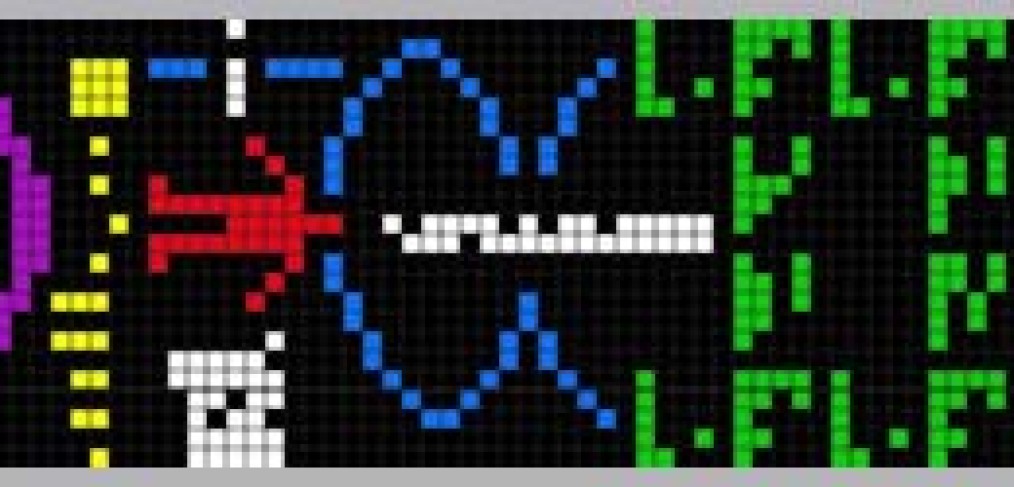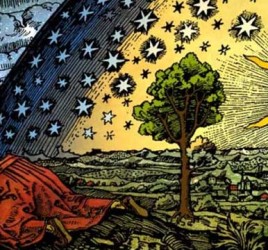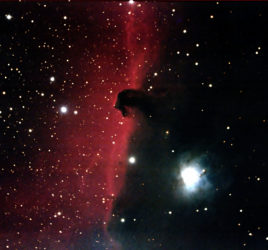
Is There Life in a Globular Cluster?
In an earlier blog post, I discussed the apparent sterility of Globular Clusters as they were lacking in heavy elements in sufficient quantities required for life.
Globulars orbit the center of our Galaxy and are all very distant from the Earth. Recent work with powerful telescopes has uncovered Black Holes, Neutron stars and white dwarfs in abundance in them. Those are the precursor type of stars required for creating the elements for life. All stars are born of 75% Hydrogen and 25% Helium and fuse the Hydrogen into Helium for the majority of their lives. In their dying stages, they fuse Helium into heavy elements covering most of the periodic table in varying amounts. Dying stars eject heavy elements into interstellar space and seed space with the raw materials for life and rocky planets.
Globular Clusters are ancient globs of stars 10 to 13 billion years old.
There are about 150 globular clusters that belong to the Milky Way galaxy. 13 billion years ago, when these clusters were forming, the member stars were of many different masses. The rule of twice the mass results in one-tenth the lifetime has evolved the globular clusters to be composed of mostly low mass red and yellow dwarf stars as well as the dead remnants of high mass stars. Any high mass stars have died and collapsed as supernovae and left neutron stars and black holes as remnants. Medium mass Sun sized stars have recently blew off their outer shells as planetary nebulae and resulted in white dwarfs. White dwarfs are low mass as most of the original mass was ejected in the dying process. The black holes and neutron stars are higher mass than the other stars In a globular cluster, the higher mass objects sink to the middle and the lower mass objects move to the outer fringes of the cluster. Red dwarf stars can be 8% the mass of our Sun and live 25-trillion years. All stars still burning Hydrogen in a Globular Cluster are lower mass than our Sun.
Due to the high age of globular clusters and the availability of life’s building blocks, it could be argued that we should hunt for signs of life in them.
The distances between stars in a globular cluster is very short compared to the stars in the Milky Way. Interstellar communications between planets and trade would be possible with our current level of technology. As these civilizations could be far more developed and mature than our comparative adolescence, they may be very far advanced. In 1974, Frank Drake and Carl Sagan used the Arecibo Radio Telescope to send a message to the Globular Cluster M13. The message was sent with the power of 1,000 Kilowatts. 25,100 years from 1974, we will be the brightest radio object in M13’s sky for 3 minutes as the message reaches them. Drake had no idea if life could exist there, he only wanted to cover as many stars as possible with the resources at hand. There are over 1-million stars in M13. Serendipity may strike and maybe we can expect a reply 50,200 years from 1974.



